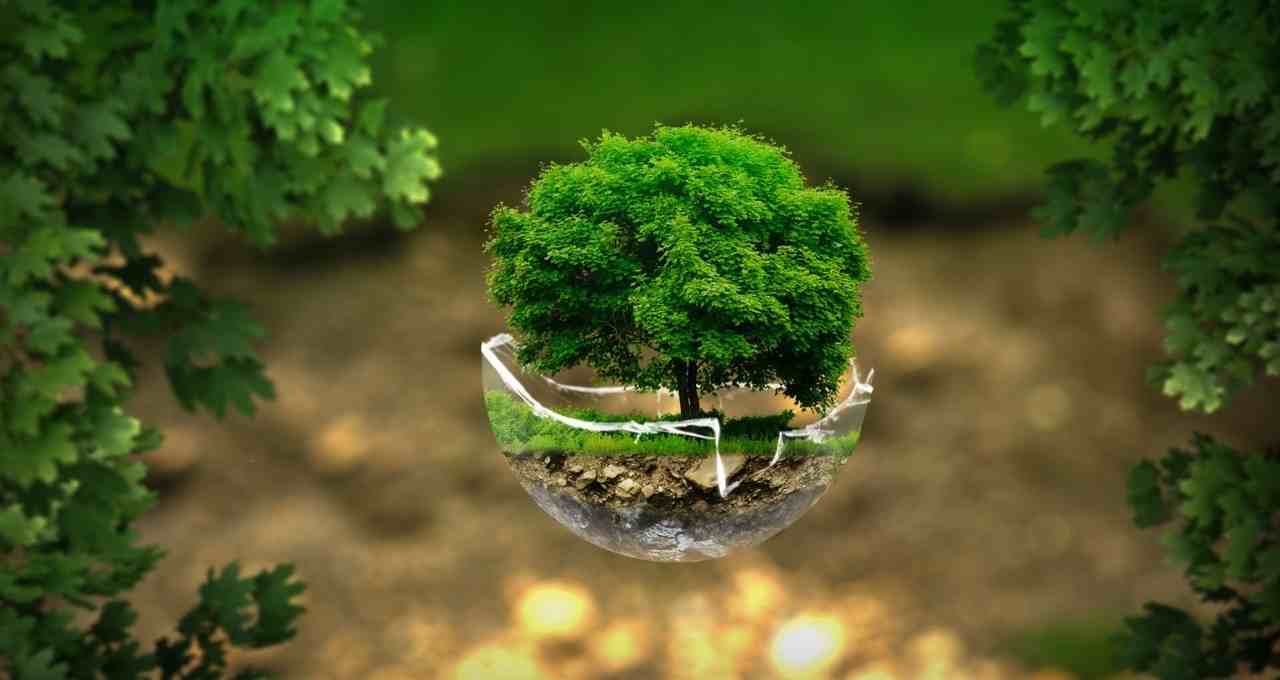The environment is everything around us, including the living and nonliving things that interact with each other. It includes the air we breathe, the water we drink, the food we eat, the land we live on, and the plants and animals that share our planet.
The environment is essential for life. It provides us with the resources we need to survive and thrive, and it supports the complex ecosystems that make our planet habitable.
The Importance of the Environment
The environment is important for many reasons. It provides us with the following:
- Clean air and water: Air and water are essential for life. We need clean air to breathe and clean water to drink. The environment helps to filter and purify air and water, making them safe for us to use.
- Food: The environment provides us with the food we need to survive. Plants and animals are both important sources of food. Plants produce oxygen that we need to breathe, and they also provide food for other animals. Animals are also a source of food for humans.
- Shelter: The environment provides us with the materials we need to build shelter. Trees, rocks, and soil are all used to build homes, schools, and other buildings.
- Natural resources: The environment is also a source of natural resources, such as minerals, fossil fuels, and renewable energy sources. These resources are used to produce the goods and services that we rely on every day.
- Biodiversity: The environment is home to a wide variety of plants and animals. This biodiversity is important for the health of the planet and for our own well-being. Plants and animals play important roles in ecosystems, such as pollinating crops, cleaning the air and water, and controlling pests.
The Different Types of Environments
There are many different types of environments on Earth. Some of the most common types include:
- Terrestrial environments: Terrestrial environments are land-based environments, such as forests, deserts, grasslands, and mountains.
- Aquatic environments: Aquatic environments are water-based environments, such as oceans, seas, lakes, and rivers.
- Atmospheric environments: Atmospheric environments are the layers of air that surround the Earth. The atmosphere protects us from harmful radiation from the sun and helps to regulate the Earth’s temperature.
The Impact of Human Activity on the Environment
Human activity has a significant impact on the environment. Some of the ways that humans impact the environment include:
- Pollution: Pollution is the introduction of harmful substances into the environment. Pollution can come from many different sources, such as factories, cars, and farms.
- Climate change: Climate change is the long-term alteration of temperature and typical weather patterns in a place. Climate change is caused by a number of factors, including human activities such as the burning of fossil fuels.
- Deforestation: Deforestation is the clearing of forests for other land uses, such as agriculture or development. Deforestation has a number of negative impacts on the environment, including loss of biodiversity, soil erosion, and climate change.
- Overfishing: Overfishing is the harvesting of fish at a rate that is not sustainable. Overfishing can lead to the depletion of fish stocks and damage to marine ecosystems.
What Can We Do to Protect the Environment?
There are many things that we can do to protect the environment. Here are a few ideas:
- Reduce our consumption: One of the best ways to reduce our impact on the environment is to reduce our consumption of goods and services. We can do this by buying less stuff, repairing things instead of throwing them away, and choosing sustainable products whenever possible.
- Switch to renewable energy: Renewable energy sources, such as solar and wind power, do not produce pollution or greenhouse gases. We can switch to renewable energy by installing solar panels on our homes or businesses, choosing an electricity provider that offers renewable energy, and driving an electric vehicle.
- Protect our forests: Forests play an important role in protecting the environment. We can protect forests by planting trees, supporting sustainable forestry practices, and avoiding products that are made from deforestation.
- Reduce our food waste: Food waste is a major environmental problem. We can reduce our food waste by planning our meals ahead of time, shopping for only what we need, and composting food scraps.
- Support sustainable businesses: We can support sustainable businesses by buying their products and services. Sustainable businesses use environmentally friendly practices and are committed to reducing their impact on the planet.
By taking these steps, we can all help to protect the environment for future generations.
Conclusion
The environment is essential for life. It provides us with the resources we need to survive and thrive, and it supports the complex ecosystems that make our planet habitable. However, human activity is having a significant impact on the environment. We need to take action to protect the environment for future generations.

